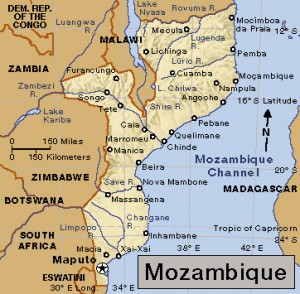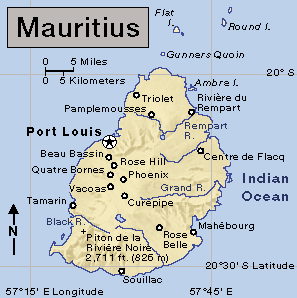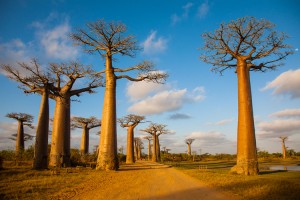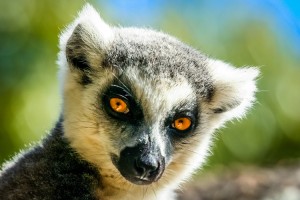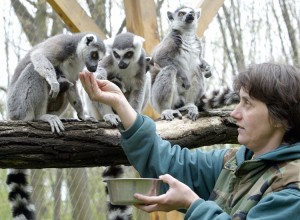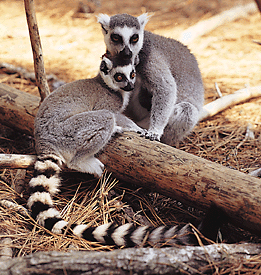Mr. Pickles the Tortoise Becomes a Dad
Monday, April 17th, 2023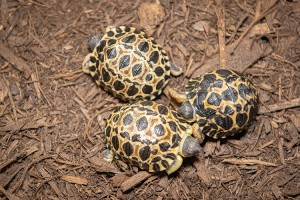
Dill, Gherkin, and Jalapeño are the first offspring of the 90-year-old tortoise Mr. Pickles.
Credit: © Jackelin Reyna, Houston Zoo
Mr. Pickles, the 90-year-old radiated tortoise, now has three little tortoises to look after. Mr. Pickles and 53-year-old Mrs. Pickles live at the Houston Zoo in Texas. They welcomed Dill, Gherkin, and Jalapeño to their family in March. Radiated tortoises are native to Madagascar. They are a critically endangered species. Endangered species are living things threatened with extinction—that is, the dying off of all of their kind. Many zoos around the world have studied how to breed radiated tortoises to boost the population.
What’s the difference between a tortoise and a turtle? Tortoises are turtles that live only on land. Tortoises have stumpy hind legs and feet that look like those of an elephant, quite different from the flippers of sea turtles and the webbed feet of most freshwater turtles. Most tortoises have a high, domed shell. They pull their head, feet, and tail into the shell for protection from predators. Tortoises feed primarily on plants.
There are dozens of species of tortoises. Many live in hot, dry regions. Three species live in the United States. The desert tortoise is found in the deserts of the American Southwest. The Texas tortoise inhabits scrublands in southern Texas. The gopher tortoise lives in the sandhills of the Southeastern coastal plain. All three of these tortoises rest in burrows that they dig in the ground. Not all tortoises live in dry habitats. For example, the red-footed tortoise and the yellow-footed tortoise inhabit lowland tropical rain forests in South America.
Tortoises vary widely in size. One of the largest tortoises is the giant Galapagos tortoise, which lives on the Galapagos Islands in the Pacific Ocean. The largest Galapagos tortoises grow to 6 feet (1.8 meters) long. The speckled tortoises of southwestern Africa are among the smallest species. Speckled tortoises are only about 4 inches (10 centimeters) long when fully grown.
Like other turtles, tortoises lay their eggs in holes in the ground. When the eggs hatch, the young dig to the surface to fend for themselves. Most tortoises die in the first 10 years of life. Raccoons, foxes, and other predatory animals feed on tortoise eggs and young tortoises. Tortoises that survive the first several years can live an extremely long time. Some have lived more than 100 years in captivity.
Tortoise populations are declining quickly because people destroy the animal’s habitat and illegally kill tortoises for food. In addition, many tortoises die from diseases introduced by humans. Many countries forbid the capture or killing of tortoises.


